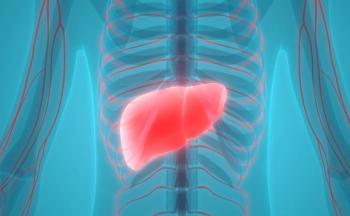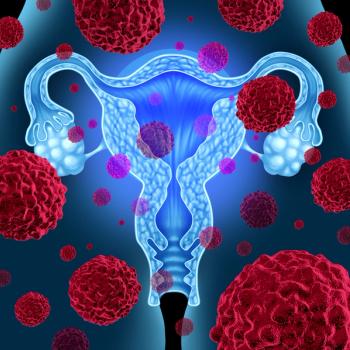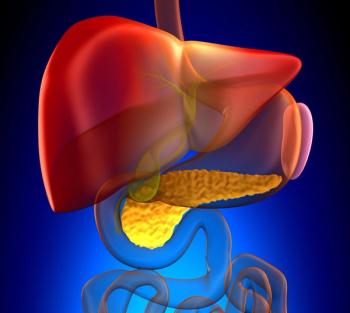
Miami Breast Cancer Conference® Abstracts Supplement
- 42nd Annual Miami Breast Cancer Conference® - Abstracts
- Volume 39
- Issue 4
- Pages: 18
26 Risk of Recurrence in Real-World NATALEE- and monarchE-Eligible Populations of Patients With HR+/HER2− Early Breast Cancer in an Electronic Health Record-Derived Database
Background
NATALEE and monarchE trials showed statistically significant invasive disease-free survival benefits with the addition of a CDK4/6 inhibitor to endocrine therapy (ET) in patients with hormone receptor–positive (HR+)/HER2-negative (HER2–) early breast cancer (EBC). This analysis reports patient characteristics and efficacy in the NATALEE- and monarch-eligible populations in a US real-world electronic health record (EHR)-derived database.
Materials and Methods
De-identified data from the Flatiron Health US EHR database were analyzed. Patients with stage I to III HR+/HER2− EBC who met eligibility characteristics for NATALEE or monarchE were included. NAT eligibility was stage II/III disease (AJCC 8th edition) irrespective of nodal status, with criteria for stage IIA T2N0 disease (grade 2 with Ki-67 ≥ 20% or high genomic risk; grade 3). monarchE eligibility was ≥ 4 positive lymph nodes (LNs) or 1 to 3 positive LNs and grade 3 and/or tumor size of ≥ 5 cm (cohort 1) and 1 to 3 positive LNs and Ki-67 of ≥ 20% (grade < 3 and tumor size < 5 cm; cohort 2). N1mi disease was allowed in monarchE. Recurrence-free survival (RFS) and distant recurrence-free survival (DRFS) were assessed.
Results
Overall, 2534 patients were eligible for NATALEE and 1157 were for monarchE. Median age was 61 years in NATALEE and 60 years in monarchE. Around 1/2 of patients in NATALEE and about 2/3 in monarchE received prior chemotherapy (CT). Most patients in NATALEE had stage II disease, while most in monarchE had stage III. In both populations, most patients had N1 disease.
Median follow-up from initial diagnosis was 55.1 months (NATALEE) and 53.4 months (monarchE). Risk of invasive breast cancer recurrence (excluding invasive contralateral breast cancer) or death was clinically meaningful in both NATALEE (3 years, 89.2%; 5 years, 81.4%) and monarchE (3 years, 83.4%; 5 years, 72.1%). 5-year RFS rates decreased with increasing stage and nodal status. The risk of distant recurrence or death was considerable in both NATALEE (3 years, 90.4%; 5 years, 83.1%) and monarchE (3 years, 85.2%; 5 years, 74.6%). Five-year DRFS rates by stage and nodal status had trends similar to RFS rates; rates were comparable for N0 and N1 in NATALEE. Patients who did not receive CT had slightly better 5-year RFS and DRFS rates vs patients who received CT.
Conclusion
This real-world analysis reflects current treatments and shows about 2 times as many patients with HR+/HER2− EBC met NATALEE vs monarchE eligibility criteria. The relatively high distant recurrences5 years or more in NAT- and monarchE-eligible populations highlight the notable risk of early recurrence and need for risk reduction strategies.
Articles in this issue
Newsletter
Stay up to date on recent advances in the multidisciplinary approach to cancer.





















































































